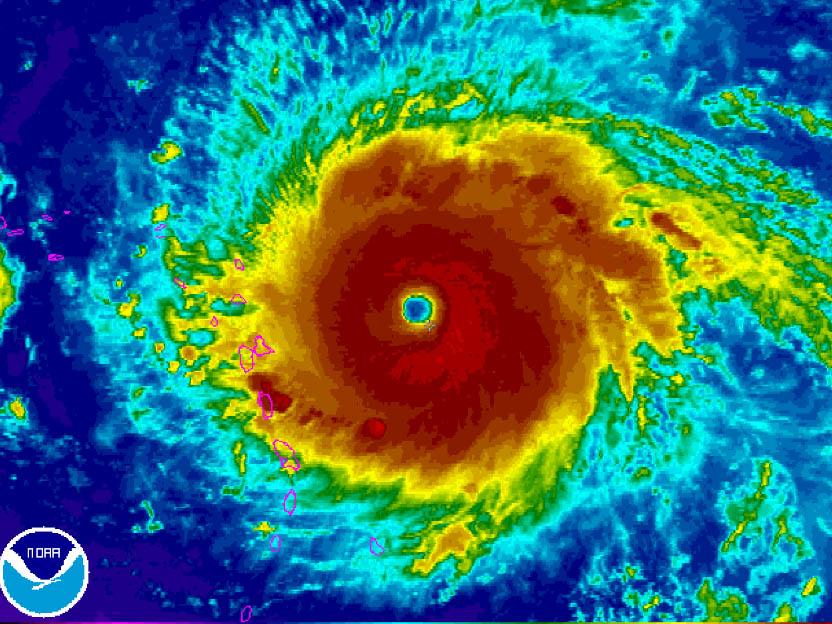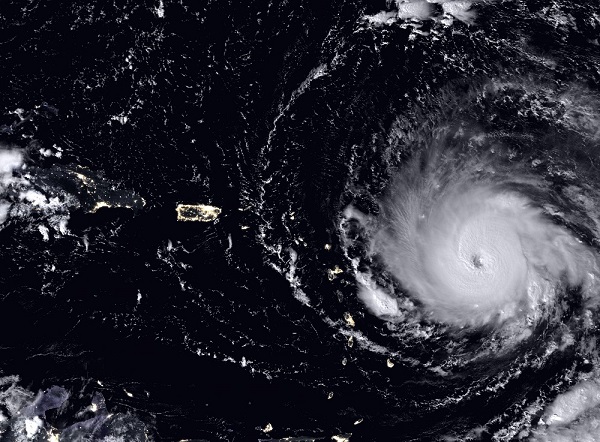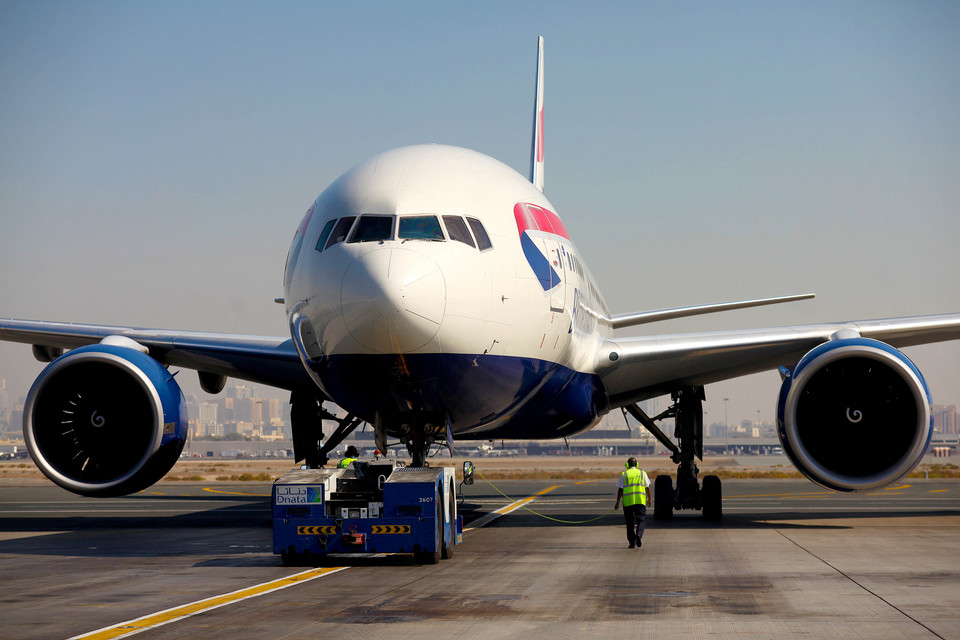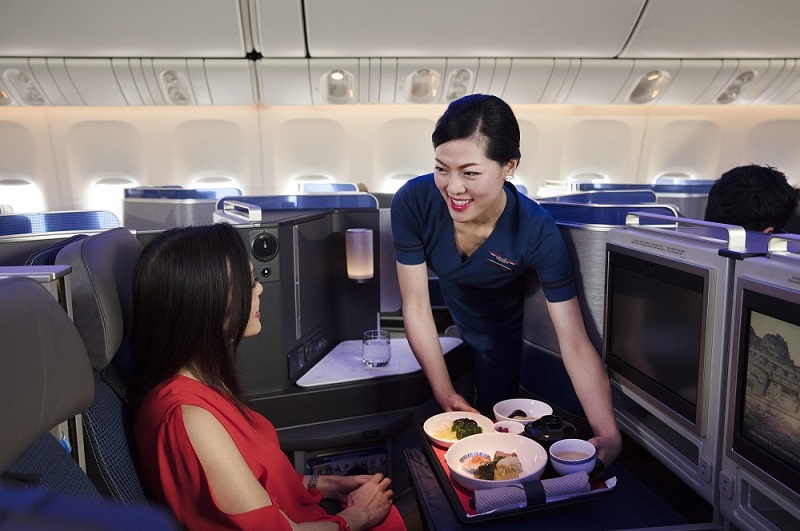Boeing has increased its forecast for the number of aircraft China will need over the next two decades as passenger growth in the country continues at a fierce double-digit clip.
The US manufacturer’s annual current market outlook for China now predicts a demand for 7240 new aircraft valued at almost $US1.1 trillion — a 6.3 per cent increase over last year’s forecast.
“China’s continuous economic growth, significant investment in infrastructure, growing middle-class and evolving airline business models support this long-term outlook,” Boeing Commercial Airplanes marketing vice president Randy Tinseth said in an announcement from Beijing Wednesday.
“China’s fleet size is expected to grow at a pace well above the world average, and almost 20 percent of global new airplane demand will be from airlines based in China.”
The new forecast came as Intentional Air Transport Association figures for July showed China’s domestic traffic surged 15 per cent.
This was down slightly on June figures but IATA said the trend line remained strong with China’s second quarter GDP figures coming in better than expected.
“Demand is also being supported by supply factors including a near 15 per cent increase in the number of unique airport-pair routes this year compared to last (year),’’ the airline industry group said.
Boeing predicts most of the Chinese growth to 2036 will come from single-aisle aircraft needed for the regional and domestic fleet.
This will account for 75 per cent of total new deliveries, or 5420 planes, as full-service airlines and low-cost carriers expand new point-to-point services to cater for both business and leisure travel demand.
Tinseth said Boeing’s backlog from Chinese customers indicated the 737 MAX 8 remained at the heart of the Chinese market.
Boeing forecasts the widebody fleet over the next 20 years will require 1,670 new aircraft, with airlines continuing to shift to small and medium widebody planes for long-haul expansion and flexibility.
Primary demand for very large widebodies would be in the freighter market, it said.
“China’s outbound travel market continues its rapid growth toward 200 million passengers annually,” Tinseth said. “With new technologies, superior capabilities and advanced efficiency, the 787 and 777X families will play a key role in supporting the growth of China’s long-haul market.”
China makes up a significant chunk of Boeing’s forecast that the world will need for 41,030 new commercial aircraft over the next 20 years valued at $6.1 trillion dollars.
The manufacturer says more than 50 percent of all the commercial jetliners operating in China are Boeing aircraft and China plays an important role in supplying components for its jets.

































